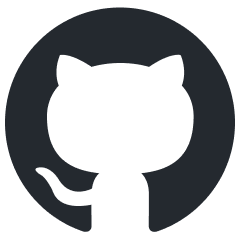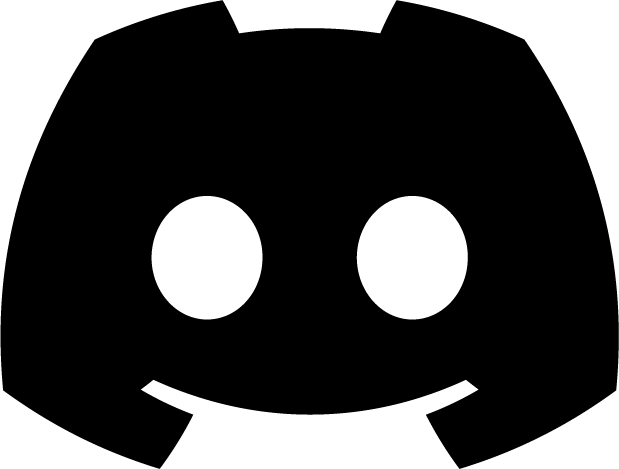Flitter Basics
Headless Chart is built on top of the Flitter framework. Understanding Flitter will allow you to customize charts with complete freedom.
What is Flitter?
Flitter is a JavaScript rendering engine that implements Flutter’s widget system for the web. It brings Flutter’s powerful UI composition approach to web development.
Key Features
- Declarative UI: Declare “what” to draw, not “how” to draw it
- Widget Tree: Compose complex UIs by combining small widgets
- Cross-renderer: Supports both SVG and Canvas
- Automatic Layout: Implements Flutter’s layout algorithms directly
Core Concepts
1. Widget
Every UI element is a widget. Widgets declaratively describe a part of the UI.
// Simple container widget
Container({
width: 200,
height: 100,
color: '#3b82f6'
})
// Text widget
Text('Hello World', {
style: new TextStyle({
fontSize: 16,
color: '#1f2937'
})
})
2. Widget Tree
Widgets are composed in a tree structure. Parent widgets contain child widgets.
Container({
child: Column({
children: [
Text('Title'),
Text('Content'),
Container({ height: 50, color: '#f3f4f6' })
]
})
})
3. Layout System
Flitter uses the same layout constraint system as Flutter.
- Constraints go down
- Sizes go up
- Parent sets position
Important Syntax Rules
1. Import Rules
// ✅ Correct way
import Widget from '@meursyphus/flitter-react'; // Default export
import { Container, Text, Row } from '@meursyphus/flitter'; // Named exports
// ❌ Wrong way
import { Widget } from '@meursyphus/flitter-react'; // Error!
2. Widgets vs Type Classes
// Widgets: Use without 'new' keyword
Container({ width: 100 })
Text('Hello')
Row({ children: [] })
// Type classes: 'new' keyword required
new TextStyle({ fontSize: 16 })
new BoxDecoration({ color: '#FF0000' })
new EdgeInsets.all(10)
3. Color Representation
// ✅ Correct color representation
color: '#FF0000' // HEX string
color: 'rgba(255, 0, 0, 0.5)' // RGBA string
color: 'red' // Color name
// ❌ Wrong color representation
color: 0xFFFF0000 // Flutter-style numbers not supported
Basic Widget Introduction
Container
The most basic layout widget.
Container({
width: 200,
height: 100,
padding: EdgeInsets.all(16),
margin: EdgeInsets.symmetric({ horizontal: 8 }),
decoration: new BoxDecoration({
color: '#ffffff',
borderRadius: BorderRadius.circular(8),
border: Border.all({ color: '#e5e7eb', width: 1 })
}),
child: Text('Text inside container')
})
Row & Column
Arrange children horizontally/vertically.
// Horizontal layout
Row({
mainAxisAlignment: MainAxisAlignment.spaceBetween,
crossAxisAlignment: CrossAxisAlignment.center,
children: [
Text('Left'),
Text('Center'),
Text('Right')
]
})
// Vertical layout
Column({
mainAxisAlignment: MainAxisAlignment.start,
crossAxisAlignment: CrossAxisAlignment.stretch,
children: [
Text('Top'),
SizedBox({ height: 20 }), // Spacing
Text('Bottom')
]
})
Stack & Positioned
Overlay widgets on top of each other.
Stack({
children: [
Container({ width: 200, height: 200, color: '#3b82f6' }),
Positioned({
top: 10,
right: 10,
child: Text('Top Right')
}),
Positioned({
bottom: 10,
left: 10,
child: Text('Bottom Left')
})
]
})
Real Chart Example
Let’s apply Flitter concepts to create a chart.
// Simple bar chart layout
Container({
padding: EdgeInsets.all(20),
child: Row({
crossAxisAlignment: CrossAxisAlignment.end,
children: [
// First bar
Container({
width: 50,
height: 100,
color: '#3b82f6',
margin: EdgeInsets.symmetric({ horizontal: 5 })
}),
// Second bar
Container({
width: 50,
height: 150,
color: '#10b981',
margin: EdgeInsets.symmetric({ horizontal: 5 })
}),
// Third bar
Container({
width: 50,
height: 80,
color: '#f59e0b',
margin: EdgeInsets.symmetric({ horizontal: 5 })
})
]
})
})
Styling
TextStyle
Defines the appearance of text.
Text('Styled text', {
style: new TextStyle({
fontSize: 18,
fontWeight: 'bold',
color: '#1f2937',
fontFamily: 'Inter',
letterSpacing: -0.5
})
})
BoxDecoration
Defines container decoration.
Container({
decoration: new BoxDecoration({
color: '#ffffff',
borderRadius: BorderRadius.circular(12),
boxShadow: [{
color: 'rgba(0, 0, 0, 0.1)',
blurRadius: 10,
offset: { x: 0, y: 4 }
}],
gradient: {
type: 'linear',
colors: ['#3b82f6', '#8b5cf6'],
begin: { x: 0, y: 0 },
end: { x: 1, y: 1 }
}
})
})
Next Steps
Now that you understand Flitter basics, dive deeper into the Widget System.
See how this Flitter knowledge applies to chart creation in the Chart Guide.


